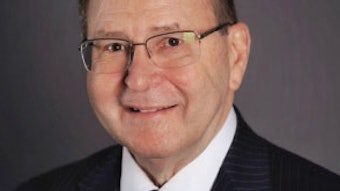SECTION SPOTLIGHT: SRF 2015-2019 Survey Results
The SRF conducts an important, anonymous survey to better understand the needs of our trainees in a longitudinal way, informing and connecting the Academy leadership with trainee perspectives.
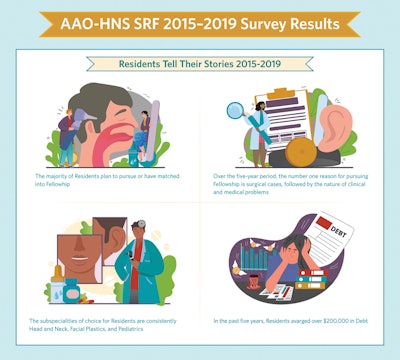
Jake J. Lee, MD, SRF Chair-elect
 Jake J. Lee, MD
Jake J. Lee, MD
SRF Chair-elect

Over 2,000 responses were submitted. The majority of respondents were identifying as male (1,169/2,027, 58%) and were mostly between 30 to 33 years of age (883/1,941, 45%) and 25 to 29 years of age (770/1,941 40%). Only 3% (55/1,904) of respondents were fellows-in-training.
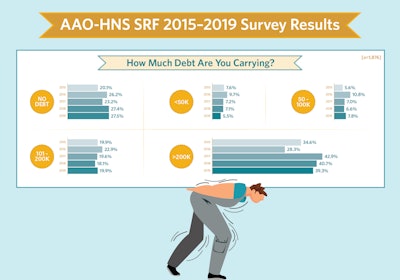
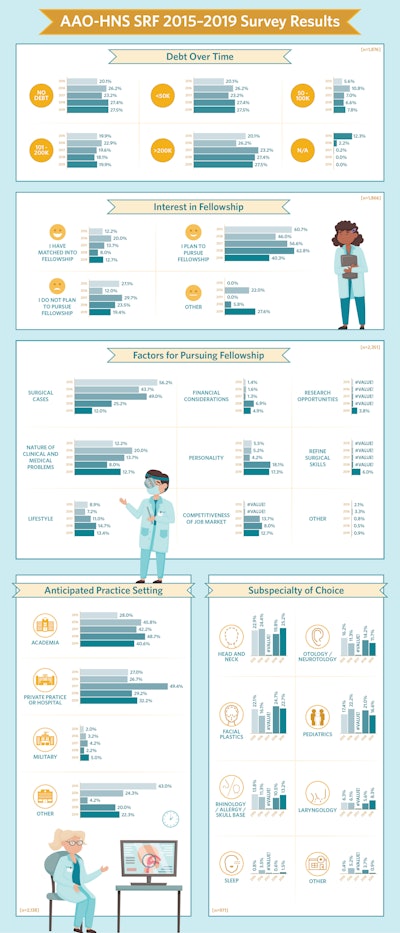
The most common subspecialty choices were head and neck (228/971, 23%), facial plastics and reconstructive surgery (207/971, 21%), and pediatrics (183/971,19%). In general, the interest in each subspecialty has remained relatively stable except for a slight decrease in interest in otology/neurotology.
The most common anticipated practice settings were academia (835/2,138, 40%) and private practice (713/2,2138, 33%), with 24% (518/2,138) as other. Academia was consistently the most common anticipated practice setting with the exception of 2017, when private practice reached a peak popularity of 49%.
The SRF appreciates the Academy’s genuine interest and eagerness to gauge longitudinally and holistically the trainee population each year. We look forward to continuing to evaluate these outcomes and perform more robust analyses in the near future. If you are a trainee, please make sure you participate each year so we can better serve you!
Survey Conclusions
- The top two anticipated practice settings (Academia and Private Practice or Hospital) remained constant throughout the five-year period.
- Head and Neck and Facial Plastics were consistently the two top Subspecialties of Choice.
- All seven subspecialties remained consistent throughout 2015-2019.
- Interest in pursuing Fellowship remained steady from 2015-2019. Matching continues to be highly competitive.
- The number one reason for pursuing Fellowship is Surgical Cases, followed by the Nature of Clinical and Medical Problems.

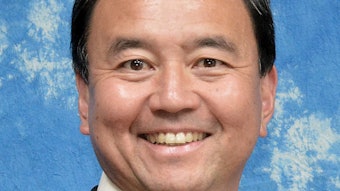



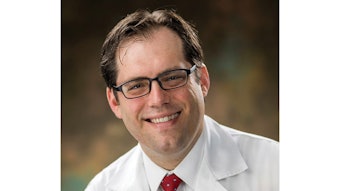
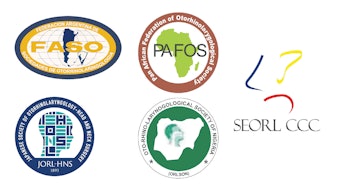




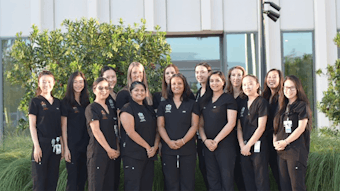

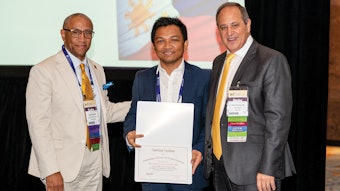
![Getty Images 1013668346 [converted] 01](https://img.ascendmedia.com/files/base/ascend/hh/image/2022/03/GettyImages_1013668346__Converted__01.6244bdb1d9995.png?auto=format%2Ccompress&fit=crop&h=191&q=70&w=340)

